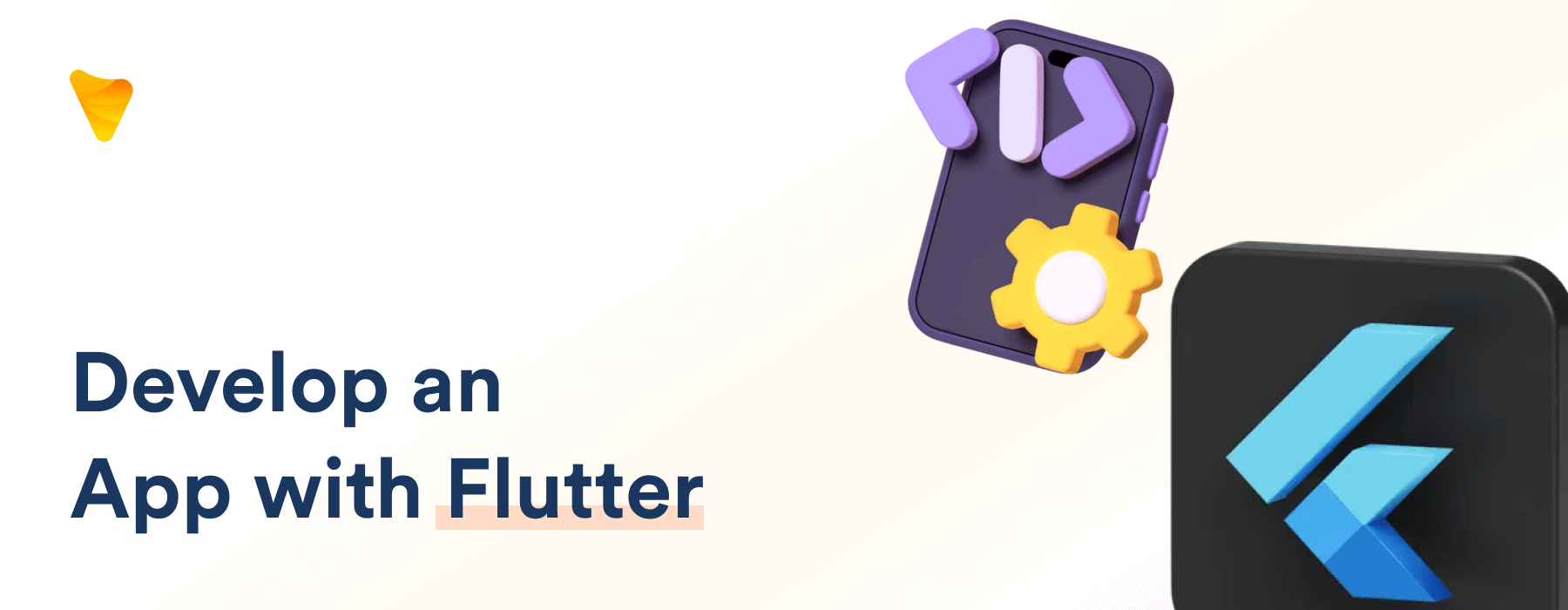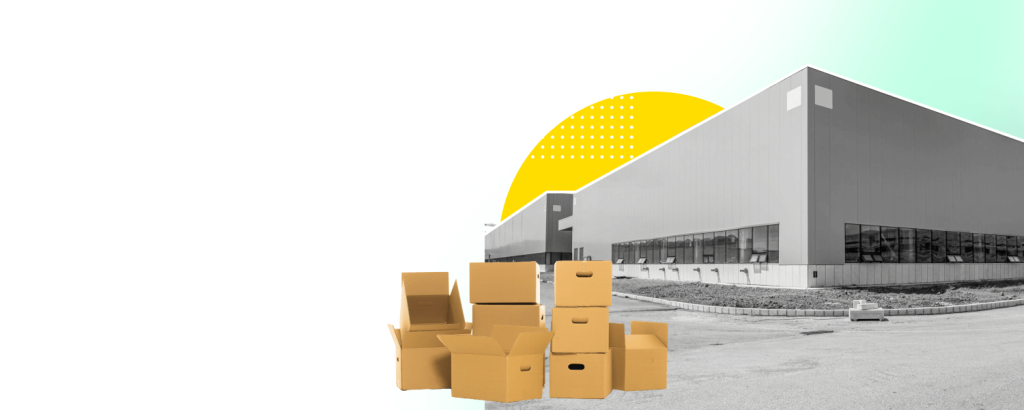
Cross-Platform App Development with Flutter: A Comprehensive Guide
Flutter Application Development Services: Revolutionizing Cross-Platform App Development
Understanding Flutter: A Brief Overview of the Google Web Application Framework
This gem is Flutter, an open-source framework created by Google. Also known as an open-source software development kit, Flutter is on a mission to transform the ecosystem of cross-platform mobile application development. The magic of Flutter lies in its unique app development frameworks and single codebase that isn’t bound to a specific platform. This allows developers to employ the software development kit for building high-performance applications, capable of competing with those developed natively for Android, iOS, and other platforms.
Why Choose a Flutter Mobile App Development Company for Cross-Platform App Development?
Why Flutter? With its robustness and killer performance capabilities, it’s a no-brainer. With Flutter’s unique ability to implement complex CRM logic on mobile, the task of transferring the intricacies of complex systems becomes as easy as pie. This advantage makes it a crucial tool in the highly competitive mobile application market. Moreover, the team’s expertise in creating mobile applications, even as mobile versions of web products, has proven the effectiveness of Flutter in managing jobs, tracking contacts, and even in handling billing tasks like creating estimates and sending invoices. Additionally, Flutter’s unified development approach streamlines processes while enhancing scalability, making it suitable for big-time projects across multiple platforms, from Android and iOS to Linux, Mac, Windows, Google Fuchsia, and the web. This cross-platform ability makes it an excellent option for MVP development, ensuring efficiency and consistency that you can count on. Now, isn’t that a win-win?
The Magic of Single Codebase in Flutter Programming Language
Advantages of Flutter’s Single Codebase Approach
Can’t stress this enough: embrace the Flutter magic of single-codebase! Its impressive integration with data sensitivity and cloud functions provides a measure of consistency across platforms—a godsend leading to satisfied users and high engagement. This proven effectiveness isn’t just a boon for developers but is instrumental in propelling businesses forward too. Thanks to the unparalleled flexibility offered by Flutter’s cross-platform capabilities, rolling out updates or fixes is no longer a daunting chore but a piece of cake. Now that’s empowerment for both developers and businesses underlining Flutter’s seamless data integration.
Build Apps for IOS and Android: Saving Time and Resources with Flutter Language Code
One team, one codebase, countless savings. That’s the story of Flutter. With it, your business can slash both time and resources, streamlining the development process on the fly. For developers, it’s a neat platform where they craft one code and deploy it everywhere. Time-saving, cost-effective, efficient – it’s a win for all!
Impressive Performance with Flutter Engineering
Exploring the High Performance of Flutter Mobile Apps
Can we talk about the outstanding performance of Flutter apps? A big shout out to Flutter’s Dart language and Skia rendering engine, which is the power behind Flutter’s graphics capabilities. Together they deliver applications, both mobile applications and desktop applications, that can effortlessly maintain 60fps, or even 120fps on devices that are compatible. Additionally, with support for next-gen graphics API like Metal3, these apps can handle graphics-intensive games or applications without filling the device to capacity. Now, that’s something you’ll want in your corner when you’re aiming for those high-demand applications.
Flutter vs Other Hybrid Frameworks: A Comparison of Performance
Flutter vs. Other Frameworks. The battle is real, and Flutter’s playing the winning hand! Recent findings from inVerita show that Flutter compiles a whopping 95% faster for Gauss-Legendre and Borwein Algorithm CPU-intensive tests. It even clocks in faster than native development languages like Swift and Objective-C. Not your typical hybrid framework, huh?
Boosting App Development Process with Google App Framework Features
Flutter UI Framework: Faster Time-to-Market
How about reducing your time-to-market? Flutter’s UI widgets and UI components can work in your favor to help you achieve this goal. The platform’s hot reloading allows UI changes to be viewed almost instantaneously. Furthermore, its use of a single codebase eliminates the need to laboriously develop for both Android and iOS separately. This results in faster iterations, leading to a swift time to market. With Flutter, we see a powerful tool at the disposal of startups, enabling the creation of effortless user interfaces for varying platforms. Now, isn’t that a dream come true?
The Power of Flutter’s Hot Reload Feature
Do you feel the power? That’s Flutter’s Hot Reload feature for you. With it, you can monitor real-time changes in the code, witness updates on the fly, and debug like there’s no tomorrow. Plus, the widget tree gets built automatically, streamlining your process like never before. The excitement is real, folks.
Unleashing Creativity with Flutter and Dart’s Flexible UI
Understanding the Expressive and Flexible Flutter Front End
Let’s dive into Flutter’s impressive UI. It’s expressive. It’s flexible. And it’s powered by Flutter’s built-in widget catalog. These widgets aren’t just exciting visually, they’re robust in performance, with options perceived simplistic to intricately interactive. This toolkit, welcomed widely by developers since its inception by Google in 2015, results in UIs that feel natural on the desktop, web, Android or iOS platform. Now, that’s what we call a truly universal language!
Flutter App Builder: How Flutter Allows Customization of Every Pixel
Here’s a fun Flutter fact: you’re in control of every pixel. Yes, you heard it right! With the ability to implement plugin assistance and vital UI changes, Flutter’s powerful rendering engine let’s you customize, adapt, and create designs that feel in sync with your vision. An advantage, Flutter developers have identified, is that these custom plugins and UI alterations can be made without the constant need to restart the application. This feature enables real-time code changes and immediate visualization of their impact, which heralds a flexible approach towards app development. Play around with animations, shadows, shapes, and more. With Flutter, your creative spirit can truly soar.
Flutter for Large Applications – Scalability and Stability with a Google Frontend Framework
Scaling with Flutter: An Overview
Now, onto scaling with Flutter. Recognized worldwide as one among the leading app frameworks, Flutter is not just fantastic for small apps, but it shines with the big ones too. Credit goes to its hot reload feature that flawlessly manages large codebases. Plus, the single architecture model, a remarkable feature of app frameworks, means fewer resources, less complexity, and larger scalability. This flexibility is popular among startups across the globe, making Flutter a typically preferred platform. So, whether you scale up or down, Flutter, with its flexibility and cross-platform capabilities, has got your back.
How Stable are Flutter Apps? Examining Flutter Market Share
If stability is your concern, fret not. Flutter has your back again. Due to its unique attributes like compiling code into CPU-specific ARM code and the use of its own rendering engine, Flutter apps maintain a consistent interface even after OS updates or system customizations. Flutter also ensures version compatibility and consistent API and development approaches. So, whether it’s about major eCommerce applications or your everyday apps, Flutter provides reliability like no other.
Getting Started with Flutter Software: Is Flutter Open Source?
Learning Curve: Is Flutter Easy to Learn?
Is Flutter easy to learn? Absolutely! The first step is grasping Dart, Flutter’s key language. If you’ve had experiences with JavaScript, C#, Java, or any other object-oriented language, Dart will feel very familiar. Plus, you’re not doing it alone; there’s an exceptional developer community, including the Flutter community, forums, and resources rich with tutorials – they’re all set to help elevate your expertise. You’ve got this!
Setting up cross-platform App Development Website Environment for Flutter
Setting up for Flutter? With its flexible documentation, akin to a well-curated portfolio, you’ll be up and running in no time. This portfolio-esque aspect of Flutter’s docs supports macOS, Windows, and Linux dev environments. So whether you’ve got an affinity for VS Code, IntelliJ IDEA, or even Android Studio, Flutter’s got you covered. Notably, from MobiDev’s portfolio, Flutter app development has proven time and over to efficiently meet customer needs. Remember to download the Flutter SDK, and with just a few terminal commands documented in the docs, you’re all set on the path to greatness.
Explore Success Stories: Flutter Applications That Thrived in Real-world Scenarios
Case Study #1: Converting a Web App into a Mobile One using Flutter App Development Services
Case in point: a web app that transformed into a mobile powerhouse with Flutter. The hurdle was to provide a seamless UX on mobile, just as on the web, in spite of the limits of Flutter for the web. A custom solution was needed to ensure the navigation worked smoothly on both platforms, particularly for a crucial feature like a time tracker. But the hard work paid off, with the time tracker now functioning perfectly in sync across all platforms. Testament to how Flutter breaks down barriers in web app development.
Case Study #2: Building a Robust CRM with Flutter App Developers
A corporate CRM reimagined with Flutter. The challenge was implementing complex CRM logic on mobile. Yet, Flutter’s built-in features swiftly met this challenge, allowing effective CRM job management, tracking contacts, estimates, invoices, and more. With a large number of roles and complex workflow, the architecture was redesigned separating UI and business logic. The result? A versatile CRM system that only took 3 months to develop. Flutter sure packs a punch when it comes to complex projects.
Dealing with the Downsides of Google IO Pinball and Flutter Documentation
Flutter’s Limitations: How Pressing Are They?
Nothing’s perfect, and that includes Flutter. This dollar value industry does face a few challenges. There are some assertions that Flutter shows a bias in design toward Cupertino-inspired iOS, resulting in larger app size and stability issues, especially with fresh UI updates on Android and iOS platforms. Despite this, Flutter offers a variety of material widgets and Cupertino components that can vastly improve the platform you’re working on. For instance, the Cupertino Action sheet- an iOS style action, is just one of the widget examples. Yes, Flutter might still need some more maturity to handle mega-sized eCommerce apps that are part of this billion-dollar industry. Yet, when juxtaposing these hiccups against the vast benefits Flutter offers, the scales tilt considerably in Flutter’s favor. After all, a few bumps along the road are expected, right? Except, in this case, the ride is thrilling, so who could complain?
Tips for Overcoming Flutter Limitations for Better Performance
Tackling Flutter limitations? No sweat. Follow the best practices outlined in Flutter’s documentation. Keep a close eye on newer updates and adapt accordingly. Use community packages judiciously. Lastly, beef up your knowledge of the Dart language. And remember, every hurdle is a step towards perfection. With these tips, it’s smooth sailing on the Flutter sea.
Flutter Popularity: The Promising Future of Flutter in Cross-Platform App Development
Flutter Usage: Industry Adoption and Its Future Prospects
Industry adoption of Flutter? Oh, it’s on! Giants like Alibaba, Tencent, and even Google Ads have warmly embraced Flutter with open arms, particularly due to its efficient coding and robust integration with Flutter Firebase. This backend platform, designed by Google, pairs remarkably well with Flutter, offering tremendous scalability. Its market share might be plateauing, but with its continuous improvements and growing popularity among developers, there is nothing but a bright future ahead for Flutter. Subscribe to our newsletter to stay updated on future advancements and see where Flutter heads next!
Flutter Tech: Is Flutter the Future of Multiplatform App Development?
Is Flutter the future of cross-platform development? Based on the buzzing conversations in the official Reddit Flutter community, flutter-dev subreddit, where users share resources and expertise, the response seems to be a resounding “Yes!” Flutter is not just applauded for its unified design approach, speedy time-to-market, and the hot reload feature, but its backing by Google also makes it a powerful contender in the cross-platform race. Particularly noteworthy is its aptitude for building and releasing MVP applications. Coupled with an exceptional developer experience, it seems investing time and effort into Flutter is a worthy gamble. Trust me, the future looks bright with Flutter.
Frequently Asked
Is Flutter good for cross-platform app development?
“Is Flutter good for cross-platform development?” you ask. “Absolutely!” I chirp without hesitation. Call me geeky, but with its single codebase, remarkable performance, and feature-rich widgets, coupled with comprehensive tooling, Flutter has revolutionized the way we think about cross-platform development. So yes, it’s not just good, it’s downright fantastic.
What does the future hold for Flutter?
“What does future hold for Flutter?”, one wonders. Being a powerful, fast, and feature-rich framework supported by Google, Flutter’s prospects are bright and promising. Add the ongoing improvements and a lively community to the equation, it’s going to play a significant role in mobile development and beyond. It’s going to be an exciting ride, no doubt about it.






